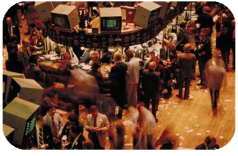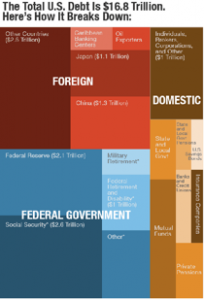 In 2005 the website Etsy launched as an online marketplace where artisans across the country could sell their wares. The Brooklyn-based company quickly established itself as a destination for handcrafted items that shoppers wouldn’t find in any stores. As the years progressed Etsy’s army of craft sellers grew into the thousands, with women accounting for a whopping 85 percent of them. The company marked a major milestone in 2012 when it became a certified benefit corporation. By 2015 Etsy’s stock Continue reading
In 2005 the website Etsy launched as an online marketplace where artisans across the country could sell their wares. The Brooklyn-based company quickly established itself as a destination for handcrafted items that shoppers wouldn’t find in any stores. As the years progressed Etsy’s army of craft sellers grew into the thousands, with women accounting for a whopping 85 percent of them. The company marked a major milestone in 2012 when it became a certified benefit corporation. By 2015 Etsy’s stock Continue reading









